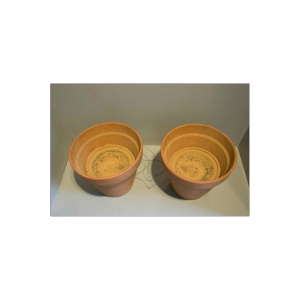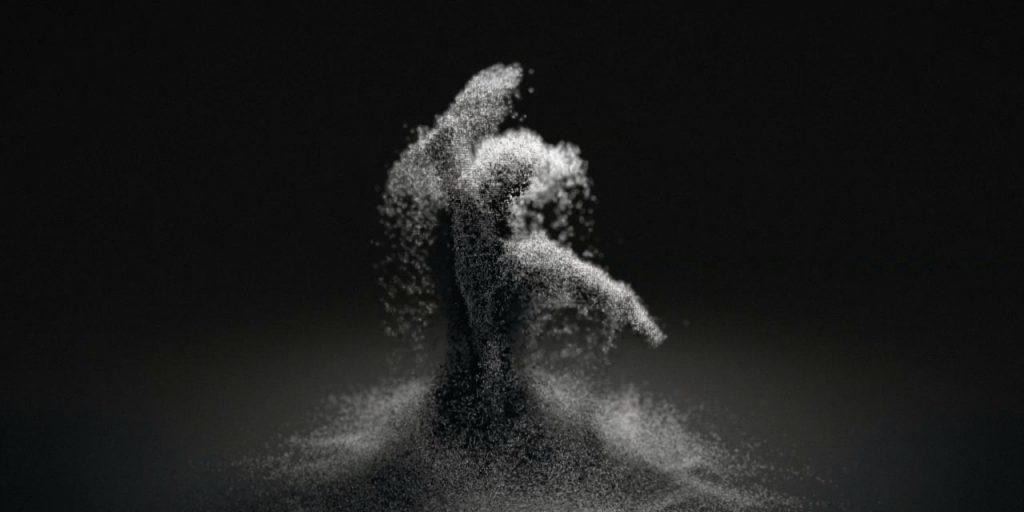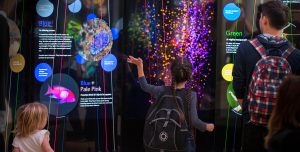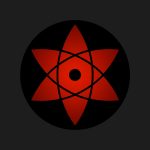
“With my pictures, I create a musical space. With my music I create a pictorial space. Pictures and music are equivalent. They meet in the head of the beholder and the listener, and they reveal something new in him.” – Rolf Julius
Ash is an installation art piece by Rolf Julius that uses small particles of ash from German fireplaces to help create a medium to visualize soundwaves. Julius recorded a variety of everyday sounds at differing pitches to create a highly diverse soundscape that the piece uses to create imaging. The piece receives reverberations that are sustained within the terra cotta pots that make up the body of the unit. A small fabric drum within the piece holds ash that jumps and separates when vibrations from the sound are generated. This achieves a different image depending on what sounds are picked up.
Computationally, this piece uses an analog system to develop a top-down processing script and, although coding was not directly involved in the process, it uses a computationally-driven inherent logic that allows the image to differ between iterations.
The piece was created in 1991 and is still on display at the Mattress Factory in Pittsburgh, Pennsylvania.
![[OLD FALL 2017] 15-104 • Introduction to Computing for Creative Practice](../../../../wp-content/uploads/2020/08/stop-banner.png)


